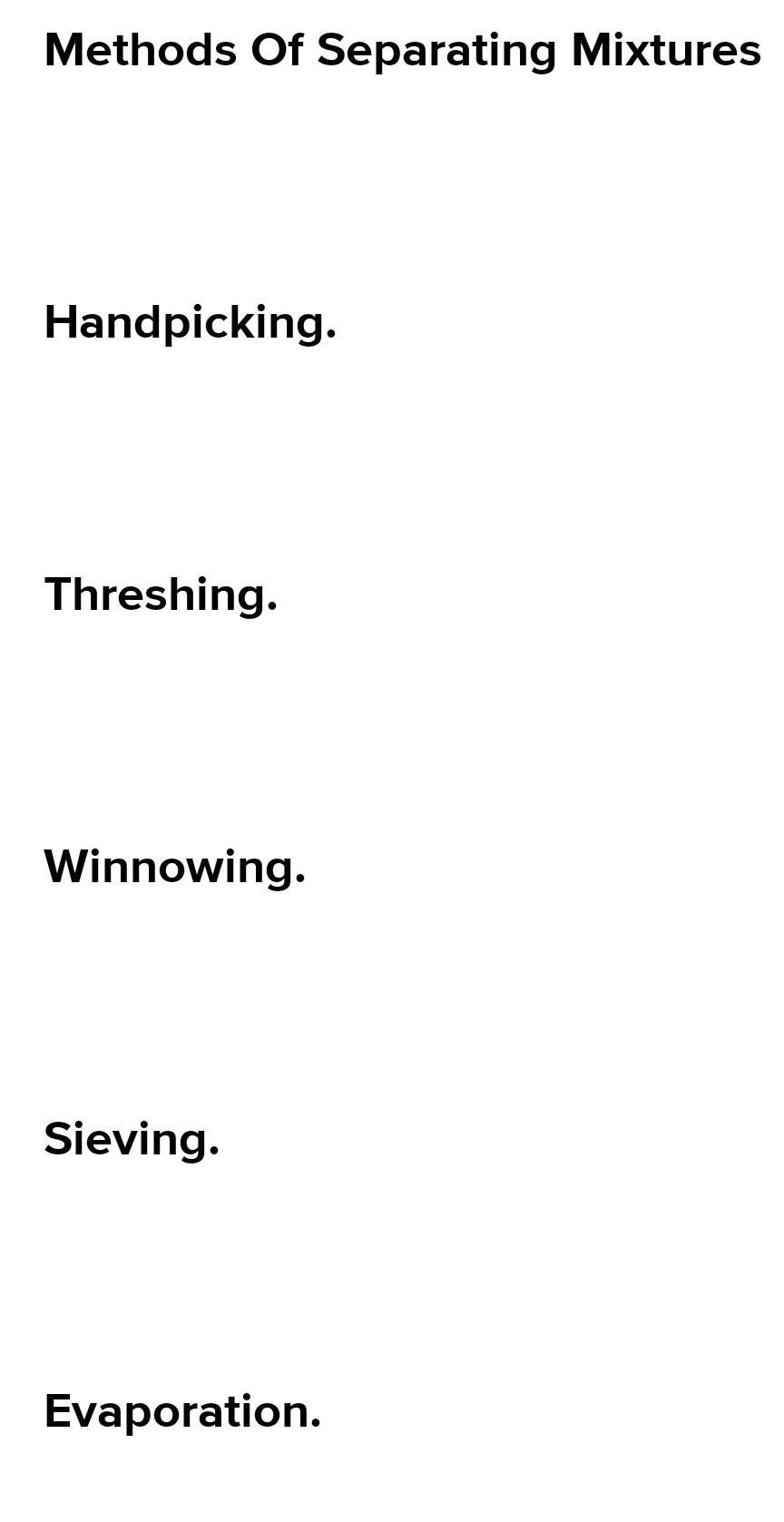explain the dependence of agriculture on the available water
Answers 1
Answer:
PLEASE MARK IT AS BRAINLIST
PLEASE MARK IT AS BRAINLIST
Explanation:
Water is a critical input for agricultural production and plays an important role in food security. ... Currently, agriculture accounts (on average) for 70 percent of all freshwater withdrawals globally (and an even higher share of “consumptive water use” due to the evapotranspiration of crops).
-
Author:
ryannbean
-
Rate an answer:
16
If you know the answer add it here!
Choose a language and a region
How much to ban the user?
1 hour
1 day
100 years

